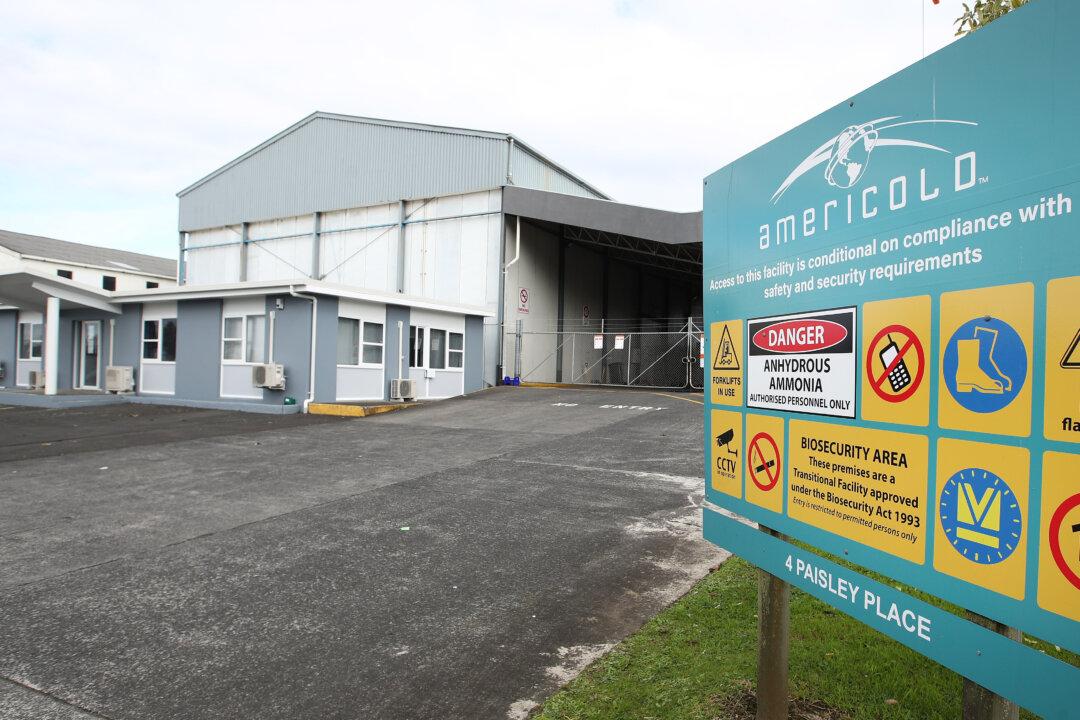The lack of new housing construction in the United States is forcing potential homebuyers to choose from an aging stockpile that on average is nearly four decades old, according to new data from online real estate broker Redfin.
“America’s housing stock is getting older by the year, and it’s not because buyers prefer vintage homes—it’s because we haven’t built enough new ones,” Redfin senior economist Sheharyar Bokhari said in the report.
“Without more construction, buyers are forced to choose from a pool of aging properties that present a new set of financial challenges, especially for those trying to save enough money to climb onto the property ladder,” he said. “Older homes have aging systems, energy inefficiencies, and a steady stream of maintenance costs that can quickly add up after move-in.”
In detailing data from Redfin’s analysis of Multiple Listing Service records on the age of homes purchased between 2012 and 2024, the report states that the United States has been building fewer homes since the 2008 global financial crisis that led to the Great Recession. Only 9 percent of America’s homes were built in the 2010s, the lowest share of any decade since the 1940s, when World War II brought construction to a halt, the report said.
The analysis refers to newer homes, including single-family dwellings, condos and townhouses, as being less than five years old and older homes as being more than 30 years old. The homes people are buying are getting older across all types, with condos aging the most, to a median of 38 years in 2024 from 26 years in 2012.
The Redfin analysis also noted that the typical price paid for a newer home in 2024 was $425,000, 31.6 percent more than the $323,000 paid for an older home. In 2012, buyers spent 77.9 percent more on a newer home, or $243,730, compared with $137,000 for one that was 30 years or older.
More new homes are being built in traditionally affordable regions, such as the Sun Belt and the Mountain West. According to the report, demand in rapidly growing states such as Texas and Florida is currently decreasing, resulting in a drop in home prices and an increase in property listings.
“Older homes may cost less upfront, but the cost of repairing or replacing big-ticket items can be a huge burden for buyers,” said Jerry Quade, a Redfin agent in Cleveland.
“The only four listings I’ve had this year with multiple offers were older homes,” said Andrew Vallejo, a Redfin agent in Austin. “They had all been renovated and were in good proximity to the tech companies, bars and restaurants. We are experiencing a severe downturn in Austin, but older homes within the city’s core—while rare—are still moving fast when they are listed.”
In response to the Redfin report, several industry executives told The Epoch Times they were not surprised by the findings from the real estate technology broker.
Jennifer Beeston, executive vice president of Rate.com in Coral Springs, Florida, said the study “makes sense” because there are many parts of the country where there is zero new construction.
“Those often are the areas where we also see a lack of inventory. It is important to note, that older homes are not a bad thing. Homes are built to last for in many cases hundreds of years,” she told The Epoch Times via email.
“If you look at some of the apartment buildings in New York, they can be as old as the early 1800s and still in good condition as long as they are properly maintained.”







